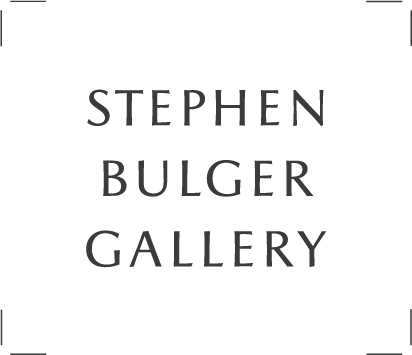(b. 1942 London, England)
John Lucas studied physics at Bristol and Sussex Universities in the United Kingdom. He subsequently received a doctorate in materials science, and in 1970 left England for Canada to continue research into magnetic materials. He then became a scientist for the resource sector where he contributed numerous patented inventions for process sensing. Subsequently, he consulted for the Canadian Space Agency, evaluating the application of the laser spectroscopy techniques he had developed for factories to Martian exploration.
John has been a lifelong photographer. His photographic assignments as a young student included covering visits of the Queen and Montgomery of Alamein. While engaged in his doctoral research John was invited to exhibit at Sussex University's Arts Centre, hitherto the exclusive domain of established artists. His early work was documentary, "street photography" both of the life around him in England, and while travelling in Europe, Turkey, and Morocco.
During the seventies, John gave up serious photography finding it incompatible with the demands of a scientific career. Then in 1981, a journey to Russia inspired a series based on Polaroid and colour transparency film. While this project was pursued with characteristic intensity, it took until 2007 to bring it to life through a combination of a strong sense of "unfinished business", advances in digital processing, and most precious of all, time. John's Russian series was instrumental in shifting his interest towards the more painterly, emotive, and sometimes abstract, approach which informs his treatment of both human and other subjects.

